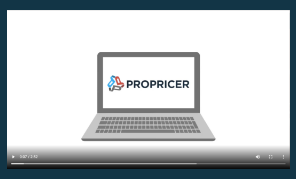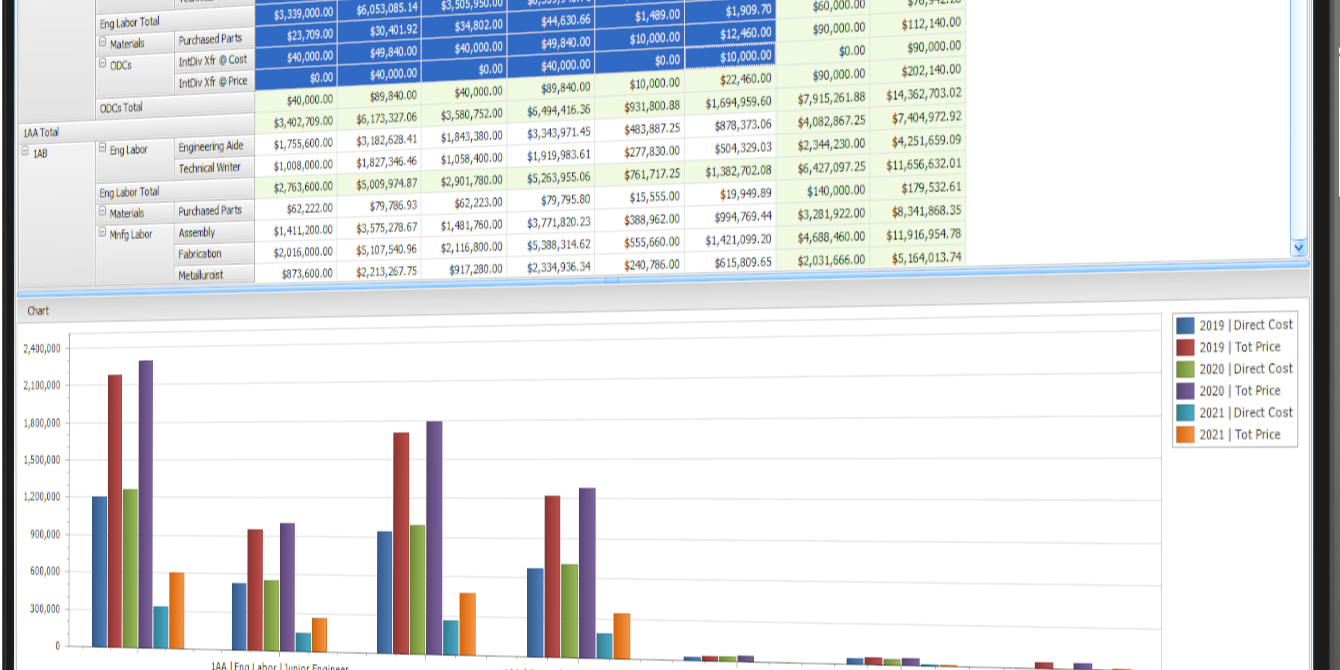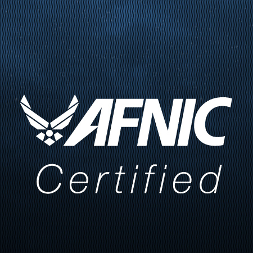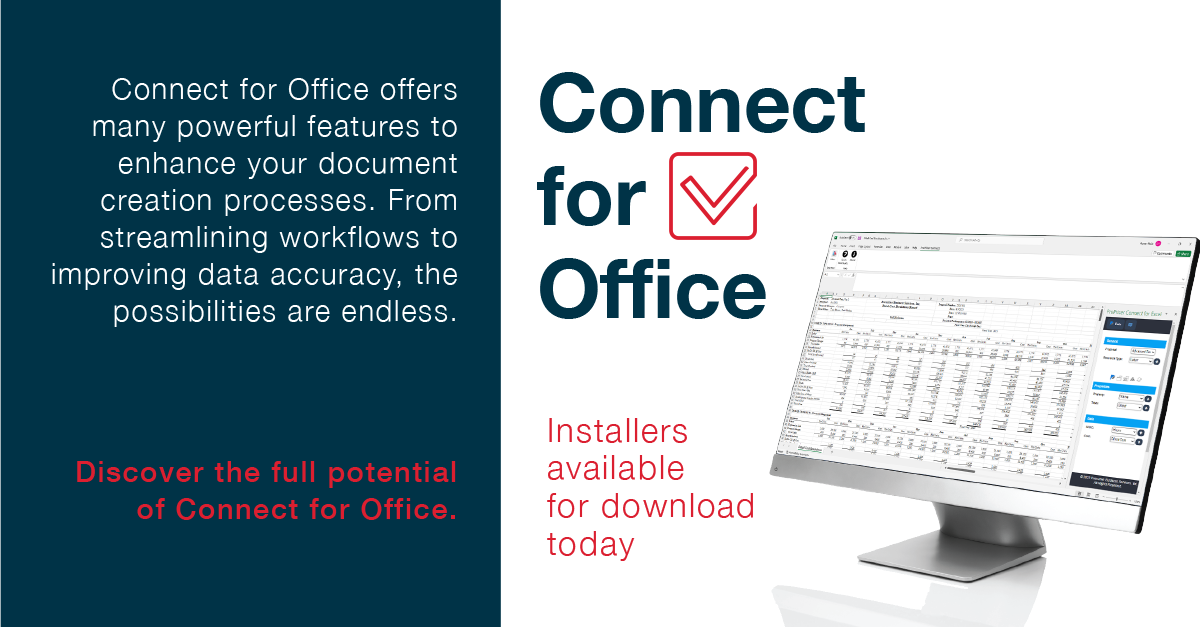There’s a paradigm shift underway in the ever-evolving landscape of government contracting, which could usher in a brilliant new era of efficiency. Much in keeping with ProPricer’s penchant for exploring innovative ideas, this article delves into recent developments in government contracting proposal models.
By highlighting the benefits they offer to both contracting firms and government agencies, we’ll demonstrate the transformative power of the five most popular new models:
1. The Agile Procurement Model
You’re no doubt familiar with the traditional procurement process. You’ve seen how bureaucratic hurdles impede progress, leading to delays and cost overruns. The Agile Procurement Model helps you overcome these challenges by embracing flexibility, adaptability, and collaboration. It fosters closer cooperation between contractors and government agencies by incorporating iterative cycles and incremental delivery. If you work for a government agency, you’ll get enhanced visibility and greater control over project milestones, allowing for faster adjustments and improved risk management. And if you’re in a contracting firm, you’ll enjoy increased opportunities for continuous improvement—as feedback loops naturally integrate into the procurement process.
You’ll find a shining example of Agile procurement in the recent collaboration between the U.S. Department of Transportation (DOT) and a group of innovative software developers. This ambitious project tackled the ever-present challenge of traffic congestion in a bustling metropolis. The chosen testing ground? New York City.
The DOT came into the project convinced that traditional procurement methods often led to cumbersome solutions, so they set out to revolutionize how traffic management systems came to be. They embraced Agile procurement, which emphasized adaptability, collaboration, and iterative development.
Next, the DOT created an open call for proposals, inviting software development teams to showcase their expertise in crafting non-traditional solutions to alleviate traffic woes. This solicitation emphasized the need for flexibility, rapid prototyping, and close collaboration between government stakeholders and industry experts.
One standout team emerged from a diverse pool of applicants: TechTrack Solutions, a dynamic startup known for its Agile methodologies and forward-thinking approach. Based on its deep understanding of traffic patterns and passion for transforming urban mobility, TechTrack Solutions won the coveted contract.
The project kicked off with an intensive discovery phase, in which TechTrack Solutions worked side-by-side with transportation experts, urban planners, and data scientists from the DOT. Together, they identified key pain points, defined desired outcomes, and outlined a set of initial objectives.
Rather than prescribing a rigid, step-by-step roadmap, the Agile procurement style called for constant adaptation and quick iterations. TechTrack Solutions delivered tangible results in short sprints by leveraging their expertise in software development methodologies such as Scrum and Kanban. This iterative approach allowed all stakeholders to pivot and adjust course based on real-time feedback and emerging insights.
For several months, TechTrack Solutions released a series of prototypes that addressed specific traffic challenges, ranging from real-time congestion monitoring to intelligent traffic signal optimization. The company thoroughly tested each prototype in collaboration with the DOT, gathering invaluable feedback from drivers, traffic engineers, and city officials.
This feedback loop ensured that the solutions would precisely meet the needs of New York City. It also fostered a culture of trust and collaboration between the government and the private sector. The DOT became active in the development process, empowered to steer the project's direction based on their unique domain knowledge.
With Agile procurement, the DOT and TechTrack Solutions achieved remarkable success in improving traffic management in New York City. The cutting-edge tools and systems they developed have significantly reduced congestion, enhanced traffic flow, and improved the overall transportation experience for millions of residents and visitors.
In an era defined by complexity and rapid change, this project proved that government agencies could embrace innovation and partner with Agile-minded companies to shape the cities of the future.
2. Performance-Based Contracting
Another new government contract model redirects our attention from inputs to outcomes. This transformative approach, known as Performance-Based Contracting (PBC), has garnered significant attention due to its potential for harmonizing the interests of contracting firms and government agencies. Rather than dictating specific tasks, PBC accentuates the importance of measurable performance metrics, enticing contractors with incentives to deliver tangible results. By establishing clear expectations, PBC minimizes the risk of misaligned goals and fosters a stronger sense of accountability among contracting firms.
Here’s another success story: another bustling U.S. metropolis was grappling with ongoing transportation infrastructure challenges. The city launched a transformative project to alleviate traffic woes and enhance urban mobility. Our protagonist in this story is the city’s government, which sought an innovative solution for revamping public transportation and reducing congestion.
In their quest for a groundbreaking approach, city officials explored the principles of PBC. They avoided traditional fixed-price contracts and aimed to ensure superior outcomes by aligning government and private sector incentives. Through this approach, the city strategically shifted the risk burden to contractors while emphasizing performance-based incentives.
Along came a consortium of transportation experts, engineering firms, and technology pioneers who eagerly embraced the challenge. Rather than constructing a run-of-the-mill transportation network, they worked to craft an interconnected, efficient, and sustainable system that would revolutionize the city's mobility landscape.
With the PBC framework guiding their every move, the consortium spearheaded the transportation network's design, construction, and management. They knew the stakes were high because their remuneration was contingent upon meeting a set of predetermined performance targets. The city measured the consortium’s success in terms of efficiency, reliability, and user satisfaction.
Through this transformative contract, the consortium embarked on a multifaceted journey. It harnessed the power of advanced data analytics to optimize transportation routes, employed forward-leaning technologies to enhance the passenger experience, and devised innovative solutions to minimize environmental impact. By leveraging their expertise and shouldering the risks associated with the project, contractors stood to reap significant financial rewards.
Months turned into years. As the cityscape steadily transformed, the project's success became evident. Congestion receded, travel times plummeted, and citizens rejoiced at the newfound ease with which they could suddenly move through the urban landscape. The PBC model had proven its worth, aligning the interests of the city government and its consortium, all the while unlocking the latent potential of their collaboration.
By forging strategic partnerships, governments can unlock myriad benefits beyond PBC's immediate advantages. These alliances replace the transactional relationship between contracting firms and government agencies with a more collaborative and synergistic approach. Strategic partnerships empower both parties to pool their resources, share knowledge, and leverage specialized expertise—creating a robust growth ecosystem.
3. Strategic Partnerships
The old transactional relationship between contracting firms and government agencies is rapidly giving way to strategic partnerships. These connections foster long-term collaboration filled with knowledge sharing. Agencies gain access to advanced technologies, specialized expertise, and previously unattainable resources. Which translates to enhanced capabilities, increased operational efficiency, and improved service delivery.
At the same time, contracting firms enjoy long-term stability, greater market visibility, and a deeper understanding of the government's evolving needs.
Let’s consider a remarkable example in the distinct framework of the Strategic Partnership Between Contractor and Agency (SPCA) style. We’ll explore the United States Department of Defense (DoD) collaboration with a prominent aerospace conglomerate, Stellar Dynamics.
The DoD desperately needed advanced satellite technology to enhance national security and bolster its communication capabilities. Recognizing the rapidly evolving nature of the space domain, the DoD realized traditional contracting methods wouldn't suffice. So the agency used the SPCA new government contract model to help build a long-term and mutually beneficial partnership with a trusted contractor.
Stellar Dynamics, renowned for its innovations in space technology, emerged as the ideal collaborator. The firm entered into a 10-year contract with the DoD—a strategic alliance designed to cultivate a deep level of trust and innovation.
Under this groundbreaking agreement, Stellar Dynamics gained extensive access to the DoD's satellite infrastructure and sensitive data, enabling them to understand fully the agency’s operational challenges and requirements. The firm also committed to an ambitious research and development program, investing significant resources to create novel satellite systems that would surpass current technological thresholds.
This symbiotic relationship between agency and contractor yielded remarkable results. Stellar Dynamics gained an intimate understanding of the DoD’s needs and then developed and deployed a constellation of highly advanced satellites that revolutionized military communications, intelligence gathering, and surveillance capabilities. The new systems demonstrated unparalleled levels of resilience and encryption, ensuring the DoD's superiority in the ever-expanding competitive space domain.
The SPCA contract’s framework nurtured a continuous feedback loop, enabling the DoD and Stellar Dynamics to collaborate closely on system improvements, evolving requirements, and future challenges. This iterative process yielded an innovation-driven partnership, fostering breakthroughs that surpassed initial expectations and set new standards in satellite technology.
4. Outcome-Based Incentives
Outcome-based incentives are next on our list of new government contract models, which have emerged as a compelling mechanism for driving new thought and efficiency in government contracts. By linking financial rewards to achieving predefined outcomes, this model incentivizes contracting firms to exceed expectations.
Government agencies benefit from this approach by promoting a culture of continuous improvement. Meanwhile, contractors gain the motivation to explore creative solutions that deliver superior results. Outcome-based incentives facilitate risk-sharing, encouraging contractors to take calculated risks in pursuit of transformative outcomes.
Let’s look at four common types of outcome-based incentives:
- Unit of outcome achieved. Perhaps the simplest form of OBC is to have government agencies pay on a per-person, per-outcome basis. Agencies will identify an outcome and assign a value for achieving that unit of outcome. They will then agree to pay the service provider an agreed-upon amount for every client for whom they achieved the specified outcome. To determine this amount, governments can work with providers to determine the costs associated with delivering the service and gauge the value to the government of achieving the outcome.
In the Denver Social Impact Bond, for example, the city uses a PFS contract to implement permanent supportive housing. The project pays on two outcomes, one of which is housing stability (defined as the number of days a person remains housed within the service provider’s unit). The contract pays $15.12 per person per day.
- Weighted incentives. Governments can encourage providers to serve harder-to-serve clients by adding weighted incentives or performance standard adjustments to compensate for the extra difficulty.
San Francisco launched a workforce development program to encourage providers to focus on traditionally hard-to-serve communities, including clients with criminal records, people with disabilities, and people with limited English proficiency. To do this, the city introduced a payment approach in which two percent of contract payment is linked to placing high-need clients into jobs that pay more than minimum wage. Another two percent is linked to placing any client into a job. The city allocates the remaining 96 percent of payment based on the number of clients served.
3. Percent changes in outcomes. Governments can also pay based on percent increases or decreases in an outcome, which they can structure in one of two ways. One option is to measure percent change against a historical baseline (either a benchmark set by the government or the provider’s past success). A historical baseline can be advantageous because it encourages providers to improve while giving some flexibility to lower-performing providers.
The other option is to measure the percent change against a comparison or control group. For example, the government may track returns to jail for a group of people over a certain period and compare that rate to a similar group of people not receiving services. Payment would then depend on the percent difference between the two groups. Although this approach is much more complex than the baseline approach, it helps show that the provider is the reason for the change.
In the Denver Social Impact Bond, the second payment outcome relates to the number of days a person spends in jail. For this outcome, the city measures success against a control group as part of a randomized controlled trial. Evaluators track the number of days, on average, that the group receiving services and the control group spend in jail. At the end of the evaluation, the city will make a success payment based on the percent difference between these two groups.
4. Tiered payment schedules. The government assesses provider performance and then assigns providers to different payment bands, with higher-performing providers placed in higher bands. This approach has the advantage of giving lower-performing providers an incentive to improve in situations where they may otherwise be unable to compete with higher performers. The Tennessee Department of Children’s Services child welfare program assessed service providers on days in care, permanency, and reentry and separated them into three payment bands based on their success. Under this model, service providers are first judged on their performance on the three outcomes against their past results. Based on their previous standing, they then move into one of the three payment bands. Higher-performing bands have higher blended daily rates and greater incentives.
5. Modular Contracting
The next on our list of new government contract models gives government agencies and contractors an alternative to monolithic contracts. The Modular Contracting approach advocates breaking complex projects into smaller, more manageable components. This model offers numerous advantages for government agencies, including reduced dependency on a single vendor and enhanced scalability.
By dividing projects into modules, agencies can take advantage of evolving technologies and market innovations, which helps them keep their solutions up-to-date. Meanwhile, contracting firms benefit from improved competition, greater opportunity for specialization, and increased responsiveness to market dynamics.
Let’s explore how innovation and efficiency are reshaping the way government agencies deliver public services. Consider a recent example that epitomizes the emerging trend of Modular Contracting.
Imagine that a government agency needed to implement a comprehensive healthcare system in a rapidly growing city. The agency aimed to provide accessible, high-quality medical services to its citizens. The government may have previously awarded a significant contract to a single entity, such as a large corporation, to handle the entire project. This time, they embraced the principles of Modular Contracting to harness the power of specialization, competition, and adaptability.
Inspired by the modular approach gaining traction in various sectors, the agency divided the project into distinct components, each addressing a specific aspect of the healthcare system. They then released a series of smaller, independent contracts, inviting diverse organizations with specialized expertise to bid on these modules. This modular approach enabled the government to tap into a wide range of capabilities and promote healthy competition among vendors.
One noteworthy example of Modular Contracting in action came when a government agency selected a technology firm renowned for its expertise in electronic medical records (EMR). As one module of a larger project, the government agency tasked the technology firm with developing a robust EMR system that would serve as the backbone of its healthcare network. The company used its deep understanding of health information systems to design a scalable and interoperable EMR solution tailored to the city's unique needs.
In another module of the same project, the city awarded another contract to a consortium of local healthcare providers specializing in primary care services. This module focused on ensuring widespread access to essential healthcare services, catering to the needs of diverse neighborhoods. The providers established a network of community clinics located strategically throughout the city.
As this project progressed, the government agency discovered that the beauty of Modular Contracting lies in its flexibility and adaptability. The agency was free to reassess and optimize the various project modules independently. For instance, if it became apparent that the EMR system needed additional functionality or integration with other healthcare technologies, the agency could explore new partnerships or adjust the scope of its existing contract. This approach allowed for rapid innovation and course correction, ensuring the best outcomes for the city's residents.
By adopting this modular approach, the government agency not only tapped into the specialized expertise of multiple vendors but also fostered an environment of collaboration and accountability. The agency also pivoted swiftly in response to changing circumstances, evolving needs, and emerging technological advancements.
The bottom line? This project exemplifies the revolutionary nature of Modular Contracting, which transforms traditional procurement models and unlocks greater efficiency and adaptability. As we continue to see Modular Contracting in action, we expect governments to become more agile and effective in delivering essential public services to their constituents.
Embrace new government contract models with ProPricer
Whether you’re a government agency or a contractor, you can more easily adopt these revolutionary new government contract models when using the right software solutions. ProPricer Contractor Edition is designed to help government contractors increase their proposals' speed, accuracy, and quality. ProPricer Government Edition can eliminate the cost-modeling process and facilitate constructive communications between agencies and contractors during proposal evaluation and negotiations. Request a pre-demo call today >




